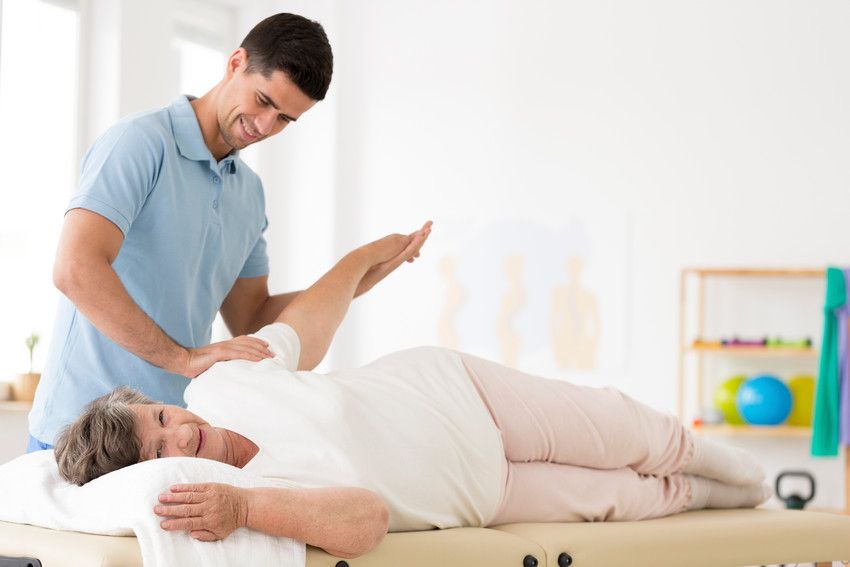What is a stroke?
Strokes can be divided into two main categories: Ischemic and Hemorrhagic.
Ischemic is the more common of the two types. An ischemic stroke occurs when clots or plague block the blood’s path to the brain. This can happen directly in the brain’s blood vessels or it can happen in other blood vessels that run toward the brain.
A hemorrhagic stroke, on the other hand, occurs when a blood vessel actually breaks. In some ways, this can be worse because the blood contained within the vessel escapes and damages the brain’s tissue.
Can you recover from a stroke?
The good news is- yes!
The bad news is- recovery can take some time.
Strokes can cause serious damage to the brain. Often times, it damages motor neurons, resulting in physical mobility loss. This can show in the form of speech impairment, facial expression impairment, or limb control impairment.
Recovering from a stroke may not always be as neat as one would like. If survivors are lucky, they are able to recover fully with minimal residual effects. But other times, survivors may be left with some kind of disability to work through.
How long does it take to recover from a stroke?
Depending on the severity of the damage, stroke survivors could take anywhere from days to years to recover.
What is post-stroke rehabilitation?
Post-stroke rehabilitation is a type of therapy treatment.
As aforementioned, strokes often result in some after-effects as an outcome of brain damage. Post-stroke rehabilitation cannot undo brain damage. It is not a cure. But, it can help alleviate and manage symptoms.
Post-stroke rehabilitation works to provide a long-term solution to the aftermath of a stroke. And, to get stroke survivors functioning as independently as possible.
When should you start post-stroke rehabilitation?
Post-stroke rehabilitation begins as soon as a stroke survivor has been stabilized.
There are two ways to begin rehabilitation. If the stroke patient is paralyzed or unable to move on his or her own, a therapist will begin the rehabilitation by physically moving the patient around to increase mobility. If the stroke patient has some mobility control already, the therapist will have the patient independently exercise his or her own limbs.
After that, the main key to successful rehabilitation is continuous and consistent exercising and therapy.
Where to go for post-stroke rehabilitation?
When it comes to rehabilitation, it’s extremely important to do the therapy sessions consistently. And on a regular basis.
Keeping to a regular schedule can be hard for many, especially when it involves coordinating transportation. If this is the case for you or a loved one, we highly recommend hiring a professional home care aid.
When you hire through a home care agency like AmeriBest, we send our therapists and nurses straight to your own home. So that you never have to worry about traveling to your therapy sessions and getting there on time.
At-home rehabilitation is a great time saver and an even greater way to make sure you’re getting the care you need.

